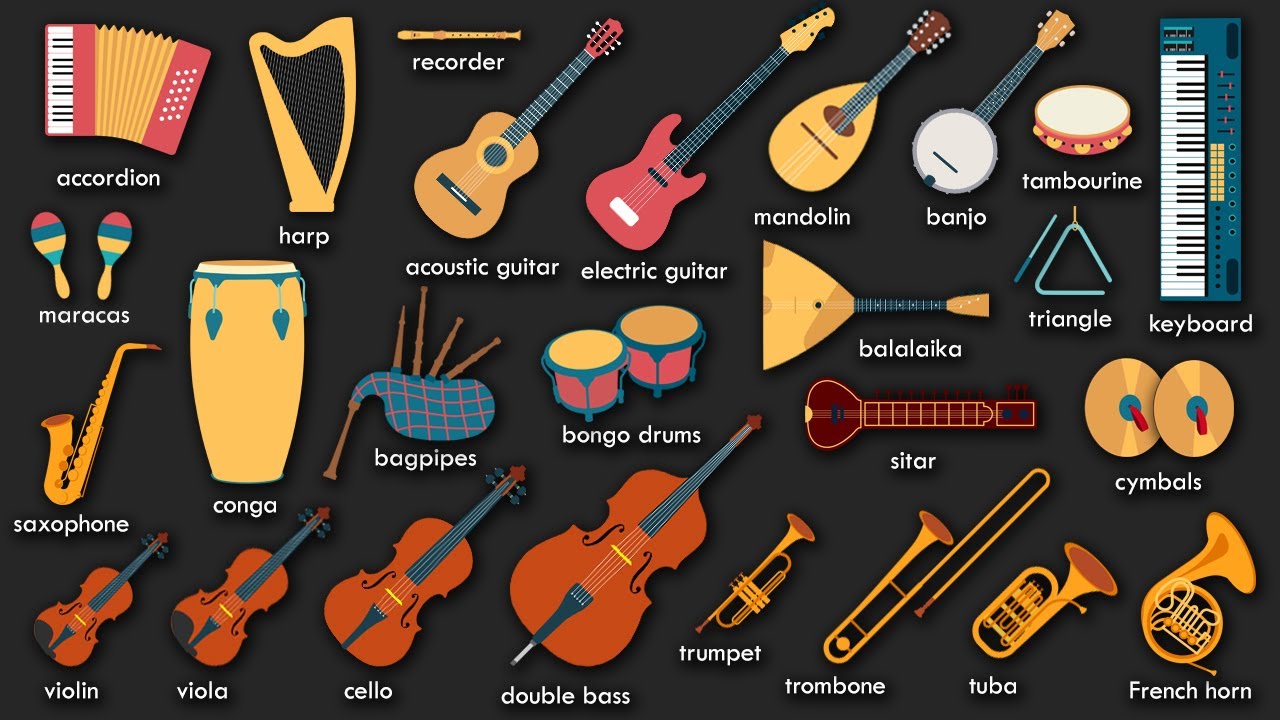Measuring river discharge, a crucial aspect of hydrology, encompasses understanding the volume of water flowing through a river channel over a specified period. Discharge measurements are integral for various applications, including flood management, water resource allocation, and ecological preservation. The methodologies and instruments employed to gauge river discharge are as diverse as the fluvial systems themselves, each tailored to suit particular conditions and requirements.
The fundamental approach to measuring river discharge relies on the principle of hydrometry, which entails calculating the flow rate using cross-sectional area and velocity of the water. This methodology can employ various instruments that have evolved significantly over the years, enhancing precision and reliability.
1. Velocity-Area Method
One of the most widely utilized techniques for measuring river discharge is the velocity-area method. This approach necessitates the determination of both the cross-sectional area of the river and the average velocity of the water. To implement this method accurately, the following instruments are employed:
a. Flow Gauges
Flow gauges are instruments specifically designed to measure the velocity of flowing water. They can be broadly categorized into mechanical and electronic types. Mechanical flow gauges, typically comprising a propeller or rotor, turn in response to water flow, providing a direct measurement of velocity. Conversely, electronic gauges often utilize ultrasonic or electromagnetic technology to ascertain flow velocity with heightened accuracy, reducing potential errors associated with moving parts.
b. Staff Gauges
A staff gauge is a straightforward yet effective device used to measure water level or stage in a river. By affixing a marked pole vertically along the bank, water level can be monitored, serving as an essential component of gauging discharge. Combined with flow velocity measurements, the information gleaned from staff gauges plays a pivotal role in calculating river discharge using the velocity-area method.
2. Acoustic Doppler Instruments
In recent years, acoustic Doppler technology has become increasingly prevalent in the realm of river discharge measurement. These instruments utilize the principle of sound wave reflection to capture both velocity and flow data across a cross-section of the river, facilitating a more dynamic approach to hydrological studies.
a. Acoustic Doppler Current Profilers (ADCP)
The ADCP stands as a premier instrument among acoustic Doppler technology. It emits sound waves at various frequencies, measuring the time taken for these waves to反射 off suspended particles in the water. This data enables the calculation of velocity profiles across multiple depths, allowing hydrologists to ascertain discharge with remarkable precision. The advantages of ADCPs include their ability to non-invasively measure flow in various conditions and their capacity to collect data over a wide area simultaneously, yielding comprehensive insights into river dynamics.
3. Electromagnetic Flow Meters
Another innovative method of measuring discharge employs electromagnetic flow meters. These devices operate on Faraday’s law of electromagnetic induction, wherein they detect the voltage induced in a conductive fluid as it passes through a magnetic field. The resultant data can be transmuted into discharge measurements. Electromagnetic flow meters are particularly advantageous in assessing flow in rivers with fluctuating sediment loads, as they maintain high accuracy regardless of suspended particles within the water.
4. Weirs and Flumes
Traditional methods of gauging river discharge often involve hydraulic structures like weirs and flumes. These devices allow the measurement of flow rates by observing the relationship between the height of the water above the structure and the corresponding discharge. The simplicity of this method belies its reliance on well-defined hydraulic principles, making it a staple in many river management systems.
a. V-Notch Weirs
V-notch weirs are characterized by their triangular notch, offering enhanced accuracy for low-flow measurements. The flow over the weir is governed by a strict relationship between the head (the height of water above the weir) and discharge, enabling straightforward calculations through empirical formulas. These structures also provide robust data on flow patterns, essential for effective management of river systems.
b. Parshall Flumes
Parshall flumes, an alternative to weirs, are designed with a specific geometry that allows for accurate flow measurement across various conditions. These flumes can accommodate a wide range of flow rates and are less affected by sediment, making them reliable instruments for discharge measurement in rivers that carry high loads of sediment and debris.
5. Remote Sensing Technologies
On the frontier of discharge measurement are remote sensing technologies, which harness satellite imagery and aerial surveys to infer river characteristics over extensive geographical areas. By utilizing advanced algorithms and modeling techniques, these tools can estimate discharge using parameters such as river width, surface elevation, and flow patterns derived from remotely sensed data.
Conclusion
In summary, the instruments utilized for measuring river discharge provide a fascinating glimpse into the intricate interplay of technology, hydrology, and environmental science. From classic mechanical gauges to sophisticated acoustic technologies, each instrument presents unique advantages in addressing the multifaceted challenges of fluvial measurement. As the discipline continues to evolve, the integration of traditional methods with cutting-edge technological advancements promises to enhance our understanding of rivers, ultimately leading to improved management practices and sustainability efforts. In an era marked by climate change and increased human influence on water systems, the precision in measuring river discharge may indeed hold the key to safeguarding these vital ecosystems for future generations.










